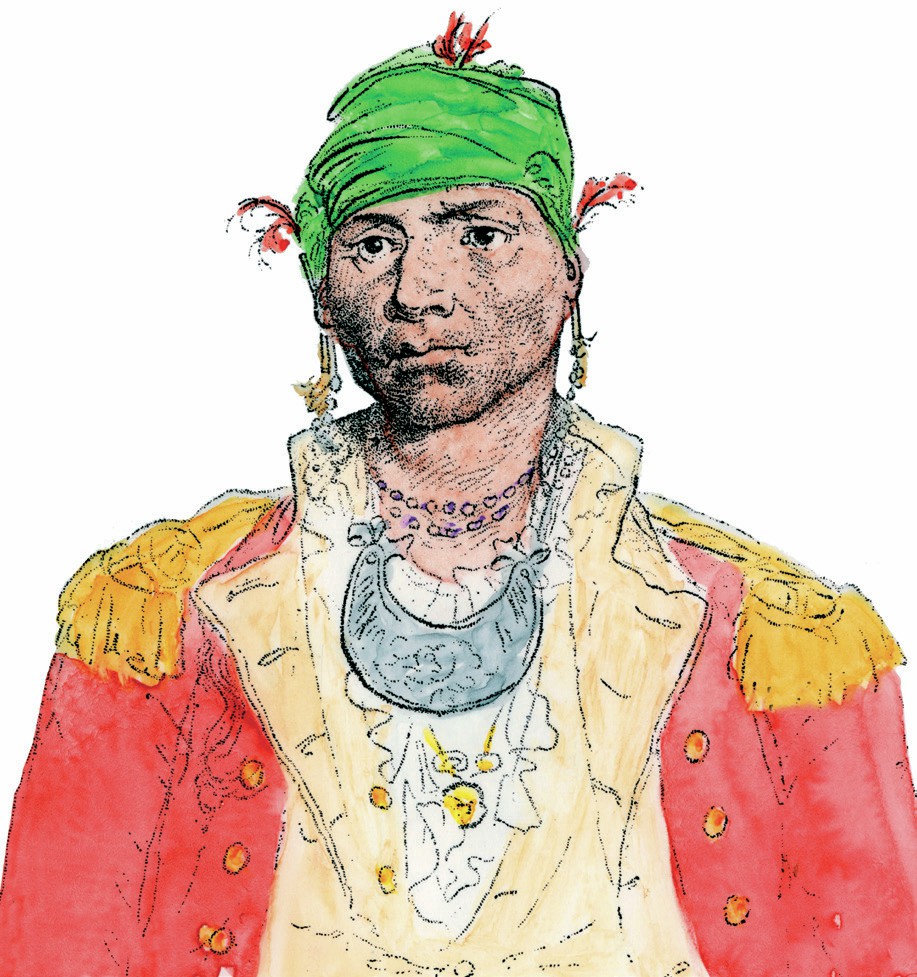
The Treaty of New York (available at www.tinyurl.com/jdn98la) was signed in August 1790 between the leaders of the powerful Creek Indians and Seminole Indians, and George Washington’s fledgling constitutional government. It settled territorial boundary disputes, authorised trading rights, made provisions for dealing with any future Indian–white conflicts, and ended Spanish influence over the Indian nations.
The treaty is also notable as George Washington’s first foray into Native American treaty-making. It was the first to be signed in the new American capital rather than Indian country, and is significant in American diplomacy for its secret articles known only to certain parties. In addition, the treaty became a flashpoint which exposed significant challenges to the US government and to the power of Creek Indian chief, Alexander McGillivray.
Your organisation does not have access to this article.
Sign up today to give your students the edge they need to achieve their best grades with subject expertise
Subscribe




